
deezid
-
Posts
840 -
Joined
-
Last visited
Content Type
Profiles
Forums
Articles
Posts posted by deezid
-
-
12 hours ago, Cliff Totten said:
Clipping occurs when sensor photosites are saturated and can't collect any more photons. There is no "raw" on planet Earth that can "recover highlights" from a saturated photosite. The term "highlight recovery" that everybody throws around is not a real thing. You either clipped and saturated photosites on your sensor or you didnt. You either crossed that threshold or didnt. Neither Log video OR raw sensor data can save you from clipped sampling. Pure white....is always pure white. So is pure black. This goes for both log video and raw.
That's basically what I meant. And when your NLE doesn't do a proper gamma conversion it may appear like you can recover data, data that has always been there before. So nothing special here...
-
8 hours ago, Lux Shots said:
Dynamic range is the same, but not the ability to recover from over exposure. Try that with H.264 V-Log and it's gone forever.
ehh, no.
Same exposure with RAW would lead to the same exact amount of clipping.
PRR defaults to PQ/Linear on most NLEs, which is the reason why it appears overexposed and data can be "recovered". -
25 minutes ago, Lux Shots said:
I shot a full ProRes RAW job for a client yesterday. I was doing some gimbal work and decided I needed something a little wider, so I popped on the Panny 20-60mm lens. Wouldn't you know it, I don't have an ND Filter for this lens yet, and it was mid-day with full sun and not a cloud in the sky! I shot it at f/8 and just ran with it for a few shots anyway, leaning heavily on the ability for ProRes RAW to recover something in my nearly all white screen. ProRes RAW saved the shot for sure!
Take a look at the file before and after exposure correction.
Probably just interpret as PQ/LINEAR in fcpx or Premiere. Dynamic range is exactly the same in ProRes Raw/Braw vs internal.
Only benefits are:
- no chroma denoising
- 12 bit 444
-
13 hours ago, TomTheDP said:
I wonder if shooting RAW makes a difference with motion. Definitely a puzzling figure. I don't think rolling shutter has much to do with it as a lot of cameras Blackmagic or RED don't have great performance in that regard but seem to have fine motion cadence. Could be sharpening though BM has artificial sharpening, at least on the Pockets. The S1/S1H seem to be pretty organic looking with sharpness though. Who knows...
Honestly I don't see a difference apart from the worse RS performance on my S1H in comparison to a Pocket 6K, at least since FW 2.0 with noise reduction set to -1 which at least up till ISO10000 turns off any temporal noise filtering which badly affects motion.
Also I agree about the sharpening, my S1H especially at 6K looks significantly softer than the Pocket 6K using Braw. At 4K the S1H looks as sharp as the P6K though. -
On 3/6/2021 at 5:12 PM, josdr said:
Fuji has superior colour science to Panasonic, not even something to argue about here.
Actually there is, the internal chroma NR on the Fuji does hurt tonality and hue separation by quite a lot while it's barely an issue on the S Series which still has too much chroma NR internally to be fair - at least there's a workaround by using PRR.
Also like I said F-Log and V-Log are very similar. Apart from the different white point and saturation differences the color coordinates and gamma are almost the same. -
Panasonic cameras don't come with good Rec709 conversions by their own manufacturer. Especially Gen 5 Film Extended is much superior over any Rec709 conversion Panasonic provides.
But all the color issues mentioned derive from that very problem and can be fixed with third-party conversions like these:
Color between both systems is an almost 100% match.
-
The S5 also has the advantage of way better dynamic range and low light.
Colorwise the S5 does much better in terms of tonality but F-Log and V-Log themselves are super similar. Same Bt.2020 primaries and a very similar gamma curve. -
3 hours ago, TomTheDP said:
You think the P4K outperforms the A7S3/FX3 in terms of dynamic range?
Not in a synthetic test such as IMATEST which prefers heavily denoised greyscale patches over actual detail and texture, but yes, I do.
The A7sIII has some awful internal processing which other cameras usually don't suffer from. -
15 hours ago, Llaasseerr said:
Re: gamut clipping, I finally took a look at one of the shots on this guy's page. Here's a shot bought into ACES which of course has a larger gamut than sgamut3.cine, then it's remapped to display on a P3D65 monitor. I would say that the issue you're seeing is that on the web page there is no correct gamut transform from a wide gamut to something like rec709. However there is still some funkiness from the digital numbers in the top right corner. I'm not sure if that's a compression artifact, or possibly to do with chroma subsampling, or it could be something that is still out of gamut and requires something like the "Neon Suppression LMT" in Resolve. Or maybe the sensor is clipping - it looks like the red channel has hit the dynamic range limit. I have a feeling it all might have been okay if shot raw though.
EDIT: It seems that behind the scenes the OS color management or the web browser is transforming it so it should display correctly on a regular sRGB monitor. Hard to tell how this will look for you though!
Try a still with orange/tungsten lights, they'll turn dark. It also happens with the Sony Venice and shows up in many shows shot on it.
The same issue occured on the Panasonic S1 and the first firmware supporting V-Log, but with firmware 1.4 everything gamut and processing-related was fixed. Since it's a Sony it'll probably never be fixed and even Blackmagic does better with their near out of gamut handling since Gen 5.18 hours ago, TomTheDP said:I wouldn’t call the Sony’s weak but the s1/s1h/s5 is definitely better.
There are worse contenders indeed. Doesn't mean that cheaper cameras such as the Pocket4k, 6k (Pro) and Panasonic S5/S1 seriously outperform the A7sIII and therefor FX3 in terms of video quality. Sony is just more convenient.
(screenshots: FX6 S-Gamut3.cine, ACEScct, Rec709 odt) -
On 2/27/2021 at 9:26 AM, Django said:
S1H has 29.7ms RS in 6K and 24.2ms in FF 4K which actually places it around 1DC (25ms) & A7S (24ms).
Definitely poor RS performance by 2021 standards.
It became faster with firmware 2.0. Check the S5 readings.
Still has the best usable dynamic range though only beaten by the RED Komodo in the sub $10,000 class. FX3 and A7s3 are quite weak in that regard.
-
35 minutes ago, TomTheDP said:
I am guessing it also is trying to appeal to people obsessed with noise and clean images. Being good in "low light" is a selling point these days among the low budget/prosumer market. Otherwise you'll get a million people asking why their footage looks so noisy.
It's more related to keeping file sizes small from what I've heard.
-
39 minutes ago, josdr said:
You should share what you are drinking buddy . Keep the Panasonic vcr colours , we will keep the lovely and unparalleled Fuji colour science.. You have no idea on how to use one do you??
Not talking about color, which can be altered anyway or just by using better Rec709 conversions than the ones provided by Panasonic which quite frankly aren't great.
The processing is the culprit. Even with noise reduction and sharpening both set to -4 (lowest) and interframe NR OFF the X-T4 showed more sharpening artifacts than my GH5 even with lots of ghosting and smearing on top. Also color separation and tonality on Fuji cameras using F-Log both internally and externally is quite awful. Maybe the HLG workflow @Llaasseerr mentioned helps with both issues but didn't try that myself.
-
46 minutes ago, Llaasseerr said:
X-T3
I have never personally needed to deal with red footage in Nuke. The footage goes through the ingest department at E-Film or wherever and we got EXR plates.
Ugh, the X-T3 and 4 have a nasty artificial and plastic looking image with strong temporal filtering on top of the excessive sharpening which gets thrown on the footage even when it's set to -4. Even the A7s3 performs better in that regard.
Really no comparison to the S1H with NR set to -1.
-
6 minutes ago, TomTheDP said:
What type of work do you do? Not trying to question your legitimacy or anything just curious.
It is pretty crazy how far compressed codecs have come but yeah won't cut it for every job. I wish 12 bit codecs would become a standard in cameras tho.A 12 bit debayered Log codec like BRaw is actually all you need. Only gripe with Braw I have is its strong processing which e.g. on the EVA-1 produces an image looking worse than its 10 bit internal counterpart. Blackmagic does a great job applying the right linearization and transformations though even for different colorspace outputs.
-
13 minutes ago, Llaasseerr said:
Look, it works for you so that's fine. I can assure you for the work I do, I notice and value the difference and it goes way beyond the scenarios you are suggesting.
As an aside, WB/Tint/Exposure is not the province of raw footage. It can be done in the same exact way with any footage if it's transformed to linear or a pure log like ACEScc.
It does not take long for 4K ALL-I to fall apart for what I do, so I value the affordable option of things like PRR for my own projects.
I would never export PRR as 422HQ. I would export as either EXR, DPX or ProRes 444.
Agreed on Resolve, but I am happy to use Scratch as ingest. I realise that's a little expensive but it's worth it to me and I'm used to much more expensive ingest and dailies tools in my industry (Colorfront, Baselight). So Scratch actually seems like a good deal, and they thought out the PRR to ACES workflow nicely.
You can do the same using a Log based workflow as well, unless your colorspace is limited which I assume S-Gamut3.cine might be too tiny for anyways.
Tried working with ACES but really at least the IDT for Panasonic V35 is quite a mess and leads to heavy blue and tungsten clipping which cannot be fixed within ACEScc/cct. It has to be done before IDT. Will see if I can fix it coming in via linear EXR.QuoteThat's assuming that noise reduction is enabled when the Imatest is done. I did not mention Imatests though, so I don't get your point. It's a DR test, unlike this. I measure DR above middle grey myself, but I also like looking at the IMA tests by Gerald and CineD.
In the context of talking about the a7sIII/FX6/FX3 sensor's DR, I have already stated that for me the idea of ETTR as a workflow is not useful. I prefer to just expose for a grey card. But more power to you if it's useful to you.
I never shoot footage with noise reduction, so that is just never a factor for me when assessing dynamic range.
Exposing for 42IRE here as well, what this test still shows is that despite doing that, cameras like the S1H have cleaner shadows with more texture and more highlight information as well than others.
Noise reduction on some cameras such as the C70 or even Pocket 4K and 6K cannot even be bypassed. I'm sure without its heavy NR the C70 would perform very similarly to other cameras in its price range (around 11.5-12 stops SNR=0.5). CineD currently plans to redo tests using ProRes RAW or Canon RAW on supported cameras.
Shooting without any NR is the goal indeed, but this kind of luxury still didn't trickle down to cheaper cameras unless you're shooting ProRes RAW or Canon Raw. -
Just now, Llaasseerr said:
I can't speak for S-gamut3.cine, but just a note on S.gamut3. It is a very large gamut like Arri Wide Gamut and if not handled properly in post, it will clip. You need a big enough bucket and a smart gamut transform to your viewing device that deals with the edges in an aesthetically nice way. Recent ACES developments in this area is one example.
If you just randomly grade Slog3 for Rec709 output, it will be more likely to clip.
Part of the issue is also that software like Premiere is really only designed for Rec709, so this needs to be done in Resolve.
This clipping issue is fallout because camera manufacturers put industry-level tools into consumer cameras but the workflow is not explained. We all benefit form this democratization though.
The problem shown in these examples shows up in the source footage, which can be downloaded. That's some pretty nasty gamut clipping being even worse than BMD Film Gen 4/5 also using Bt.709 primaries. I can't reproduce anything like that on RED or Panasonic (full V-Gamut) cameras using Bt.2020 basically. I don't think that's the reason though?
-
9 minutes ago, Llaasseerr said:
PRR is not redundant because it does not subsample chroma information. It's also 12 bit log vs 10 bit and has less compression artifacts than an internally recorded h.265 type of codec that's really designed for final exhibition, not for capture.
Of course, this may not be important to your particular situation.
Unless you're shooting lots of greenscreen or mess up WB/Tint/Exposure all the time, at least on the S1H using its 4K ALL-I and also 6K modes isn't really that important. The external 6K PRR footage pretty much looks almost the same even when pixel peeping. The S1H set to -1 NR isn't doing any destructive temporal noise reduction, only some spatial chroma nr which to be fair may cause some loss of chroma information.
Keep in mind, you have to export as ProRes 422HQ at least to have any visual advantage over the S1H's H265 6K even, ProRes 422 already performs significantly worse with noise or lots of moving detail and texture.Still waiting for proper Davinci Resolve support here so I don't have to use Assimilate Player Pro all the time.
QuoteThese baked colour latitude tests do not really show very much because they do not reflect the original sensor captured image. In addition, any DP that needs to correct footage that was incorrectly exposed by more than 3 stops should be fired.
These ETTR tests are more helpful than any synthetic IMATEST results which can easily be tricked by NR since the ETTR method actually shows what can be buried out of shadows and how much hues shift throughout the exposure range and the A7sIII performs particularly bad in that regard with the FX6 slightly better due to active cooling and way superior internal processing.
-
7 minutes ago, Llaasseerr said:
This actually makes me hopeful about whatever Sony is intending with the FX3 since clearly it's not just the "a7sIII with S-Cinetone" as some have stated.
Actually that makes it even more sound like just an A7sIII in another housing since both may as well use exactly the same firmware now.
So you're still handicapped by horrible NR, oversharpening at -7 detail, no shutter angle, no 3D Lut support for output via HDMI, no scopes, no 48p, no true 24p, no DCI 4K etc.
But yaaay Cinetone 🙄 -
15 hours ago, Llaasseerr said:
For me personally, any ETTR method is not relevant and I'm only interested in exposing for middle grey. Each to their own, though. Also, is there any attempt to bring these images into a common baseline space to compare them, via camera vendor supplied colour transforms? There is no mention in the translated article.
And yes, NR is a factor, that is why I would advocate for DR tests without it. Such as ProRes Raw or FX6 with NR "off", compared to an Alexa that does not have NR anyway, and stick to the Arri method for noise floor calculation with the Xyla/IMA tests for consistency.
In the end, I can do NR in post with Neat Video or a deep learning method, and get a better result than an in-camera method. I never shoot with NR enabled though.
Just showing how much latitude (over- and underexposure range) is available.
The S5 (S1H/S1) perform remarkably well in that regard. Also no NR nor any Gamut issues.
ProRes RAW on the S1H (NR-1)/S5 also shows how little NR S Series cameras use which renders PRR basically redundant on these cameras, same with the FX6 and 9 judging from the demo footage I've downloaded. On the A7s3 however PRR is necessary. -
Another issue with Sony footage (at least lots of FX6 stuff I've seen lately) is that it's quite prone to some nasty gamut clipping in S-Gamut3.cine at least. It looks even worse than BMD footage with HR turned on. Thankfully NR doesn't seem to be a huge problem on the FX6 at last.
Is there some S-Gamut3 footage showing bright saturated lights available as well?
-
9 hours ago, Llaasseerr said:
I haven't checked the S1, but from the CineD Xyla test it's 12.1 stops which is almost a stop less than the a7sIII unless it's maybe more skewed to clean shadows. Personally, my interest is in the values above middle grey, though.
Same with the S5. But keep in mind IMATEST can be tricked with strong noise reduction, which quite frankly the S5 doesn't apply at all. Basically some chroma spatial noise reduction only.
Comparisons like these are probably more relevant, starting from ETTR at the top:

src: https://www.slashcam.de/artikel/Test/Canon-EOS-C70---Dynamik-wie-bei-Vollformat-Sensoren-.htmlThe S5 has around 1-2 more usable stops of latitude thanks to better NR, downsampling and the IMX410 which seems to have a lower noise floor than the A7sIII/FX6 sensor in general.
-
Welp. Seems like a rehoused A7s3, so very likely the same processing with maybe a lower noise floor due to active cooling. -
Just now, currensheldon said:
Awesome thanks!
And totally agree that Alpha cameras (A7iii, A7sii, etc) are pretty awful from a video image quality standpoint. But Venice and FX9 have always been way better so if the FX6 is close to that, that's pretty great.
On that topic, I think that will be a big differentiator between the A7sIII and the FX3. Does the FX3 look more like the FX9, FX6, Venice? Or more like the A7sIII, which, in my opinion, still has that pretty awful zombie-skintones that have plagued all of the Alpha cameras and the FS5. It looks better, but not that great compared to stuff I've seen from FX9/6.
If the FX3 has the same image processing, autofocus and eND as any of the other FX cameras it'll be a no-brainer I think especially given its price tag. If it comes with the Sony Alpha processing (strong sharpening and noise reduction) they can keep it. 😉
- currensheldon and jack jin
-
 2
2
-
1 minute ago, currensheldon said:
Do you have some links to the footage you've worked with?
This here e.g
https://filmplusgear.com/sony-fx6-test-files-for-download/
Apart from the gamut clipping (Sony and BMD issue) it looks fine.

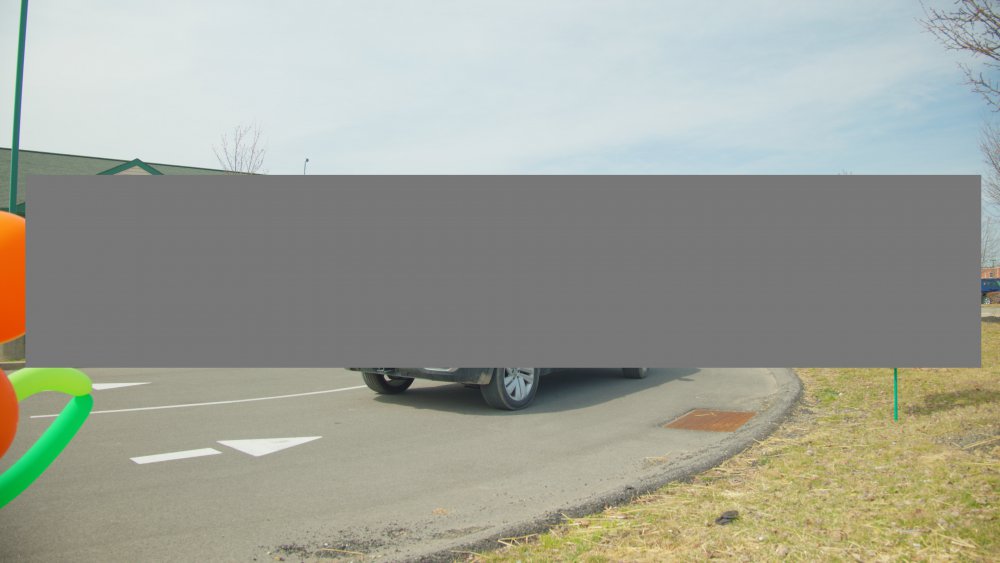
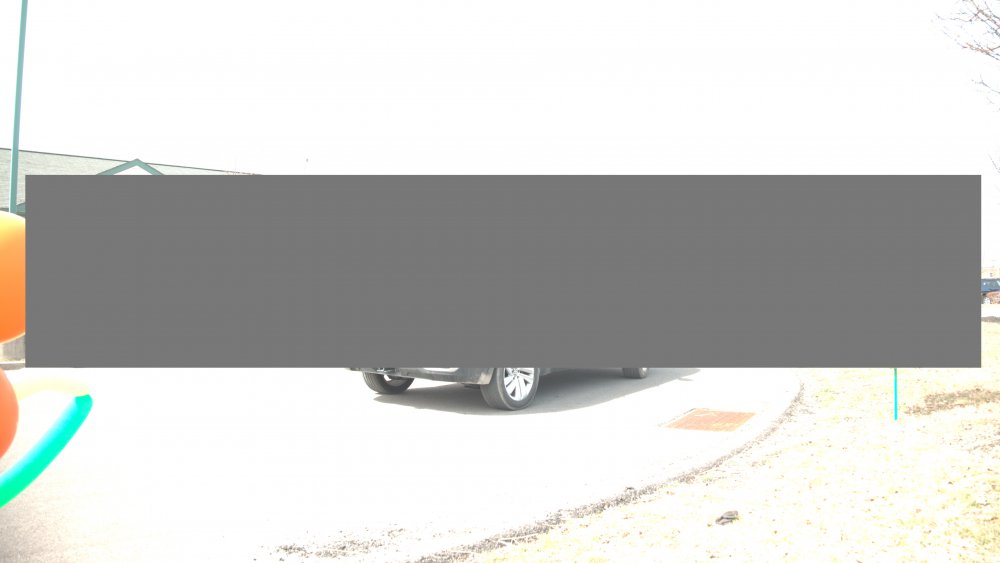
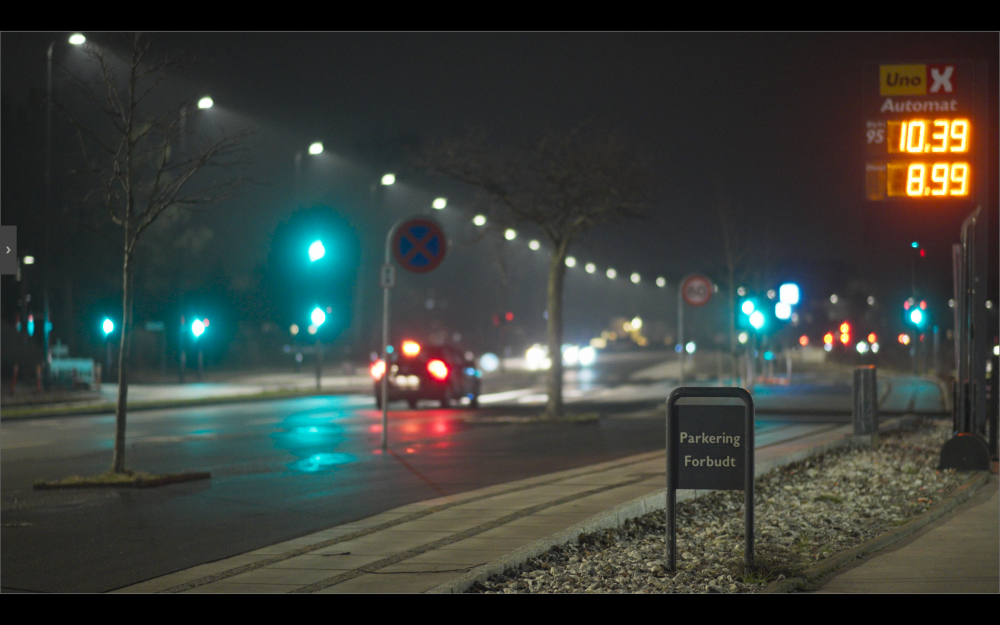

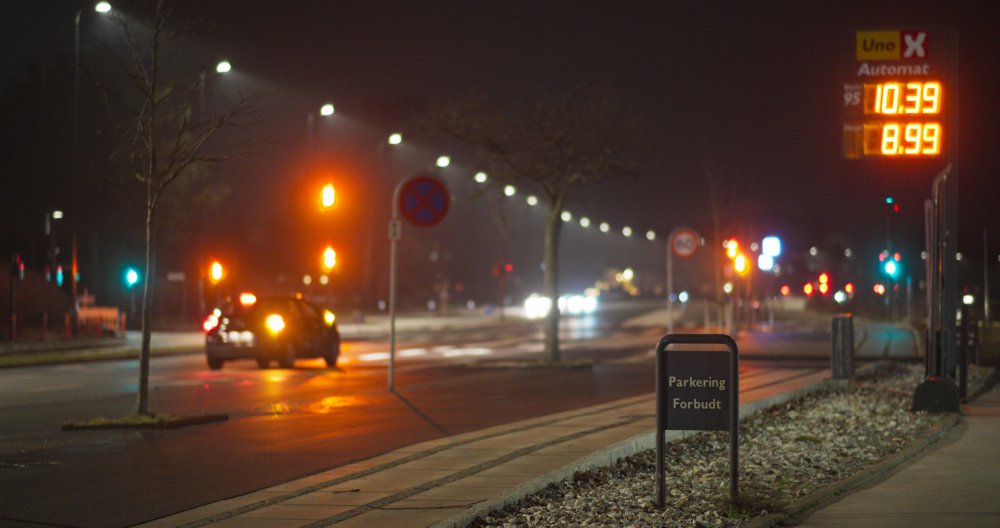


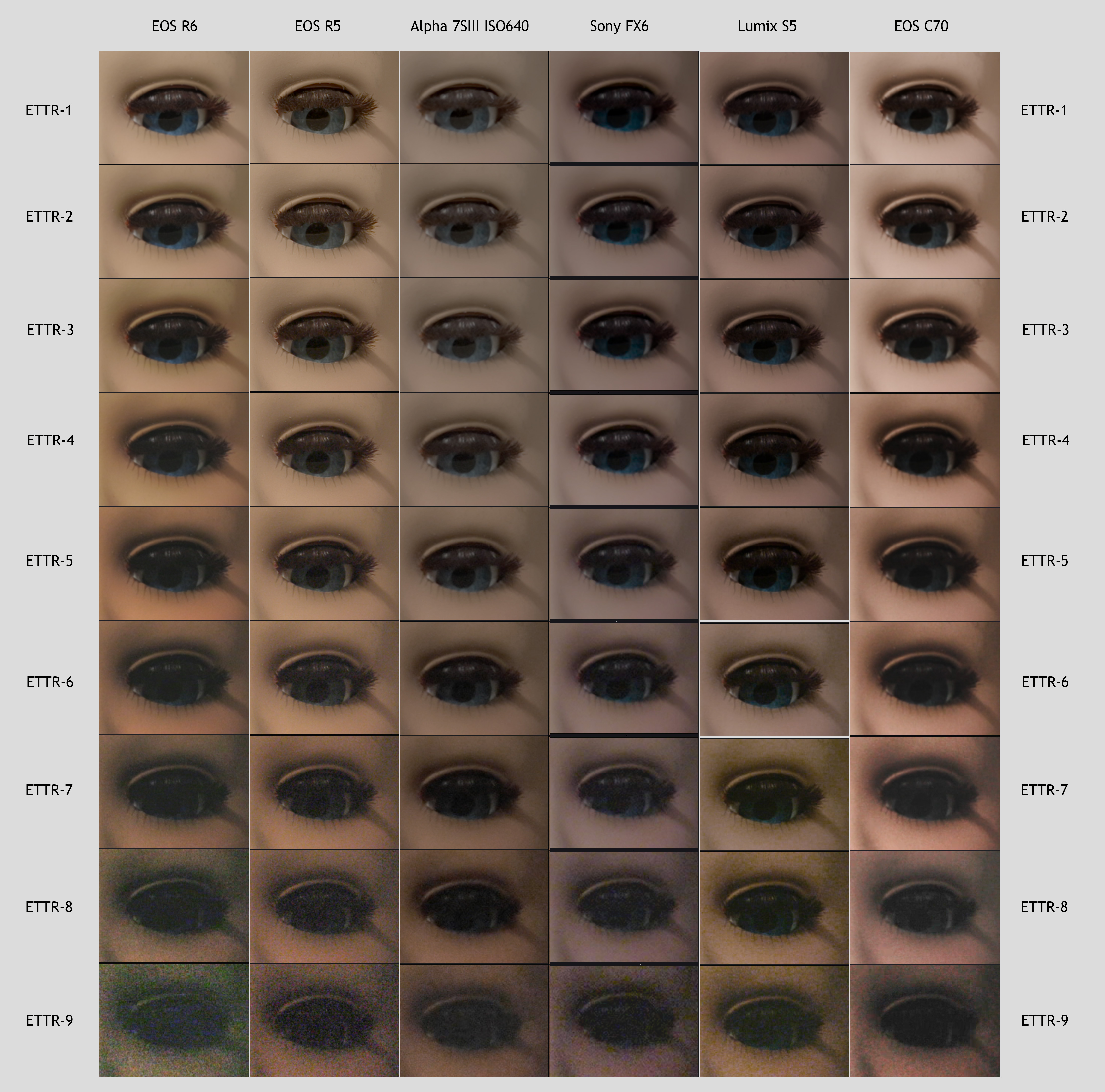
Sigma Fp L adds long awaited phase-detect AF
In: Cameras
Posted
Holy crap, that's probably the most oversharpened video I have ever witnessed my entire life. 😳